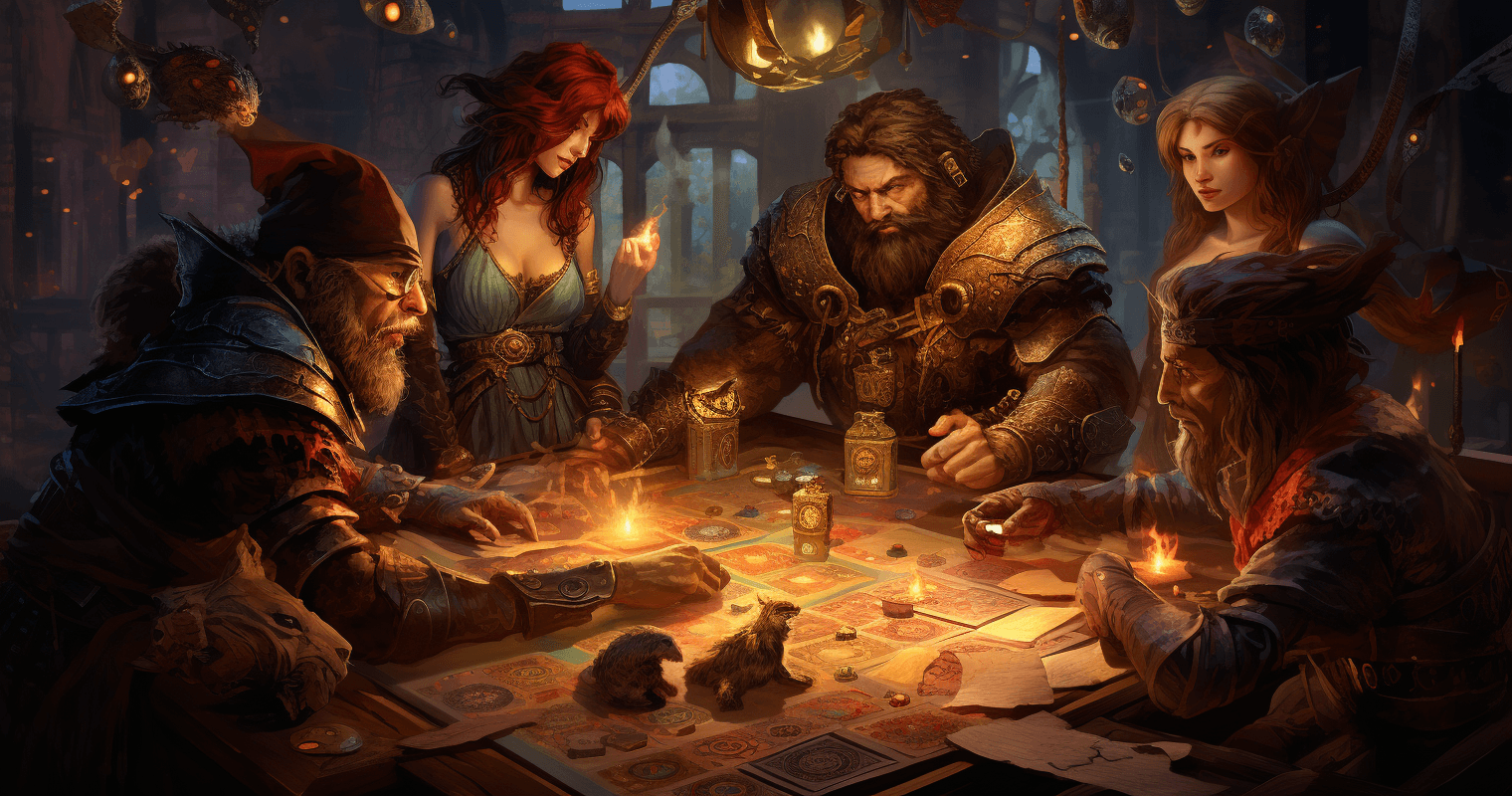
Exploring the Diverse Dice Mechanics of Tabletop Gaming

Dice are the heartbeat of tabletop gaming, adding chance, drama, and suspense to every action. From tense battles to lighthearted resource rolls, dice provide more than just numbers—they shape stories, influence outcomes, and give every player at the table a reason to lean forward in anticipation. The mechanics behind dice use vary widely across tabletop games, and that variety is part of what makes the hobby so exciting.
In this exploration, we’ll take a closer look at the dice mechanics of several beloved tabletop games. Each game approaches dice differently, creating unique rhythms of play, strategy, and storytelling.
1. Dungeons & Dragons: The Polyhedral Symphony
At the forefront of tabletop RPGs stands Dungeons & Dragons (D&D), the most iconic role-playing game in the world. D&D is famous for its polyhedral dice sets, which range from the standard six-sided die to the legendary twenty-sided die. A complete DND dice set includes a d4, d6, d8, d10, d12, and d20, often with an extra percentile die for rolling percentages.
Each die has its own role:
- The d20 is the star, used for attacks, skill checks, and saving throws.
- The d6 often determines weapon damage, sneak attacks, and fireballs.
- The d12, though less common, makes weapons like greataxes hit with bone-shaking impact.
The beauty of D&D’s dice system lies in its flexibility. Every roll feels important because it can change the story. A natural 20 means triumph against the odds, while a natural 1 can lead to spectacular failure. These moments of unpredictability make the dice feel like another participant at the table, shaping character arcs and campaign stories.
For players, rolling with gemstone dice, resin dice, or other premium sets adds to the drama. Many D&D fans enjoy matching their dice to their character’s personality, choosing sparkly resin dice for flamboyant bards or weighty gemstone dice for noble paladins.
2. Settlers of Catan: Resourceful D6s
In Settlers of Catan, one of the most popular board games of all time, dice are tied directly to resource production. Each turn, players roll two six-sided dice, and the sum determines which hexes generate wood, brick, wheat, ore, or sheep.
This system is simple yet strategic. The probability curve of two dice means some numbers (like 6 and 8) are more common, while others (like 2 and 12) are rare. Smart players place their settlements near high-probability tiles, but even the best plan can be undone by streaks of bad luck.
The result is a mix of strategy and suspense. Every roll holds potential rewards or frustration, reminding players that chance plays as big a role in empire building as careful planning.
3. Risk: Conquest with D8s and D6s
The classic game of global domination, Risk, relies heavily on dice to resolve its battles. Attackers roll up to three six-sided dice, while defenders roll up to two. The highest dice are compared, and ties go to the defender.
Some modern versions of Risk have added eight-sided dice to vary the odds, but the core system remains one of attrition and chance. Players must weigh risk (pun intended) against strategy: Do you attack with overwhelming force or gamble with fewer armies to conserve troops?
The dice system gives Risk its signature tension. Victories and defeats can swing entire campaigns, and players often remember dramatic battles decided by a single roll.
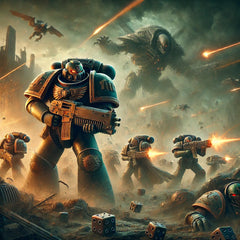
4. Warhammer 40,000: The D6 in the Grim Darkness
In the dystopian future of Warhammer 40,000 (40K), there is only war—and lots of D6s. This miniature wargame uses handfuls of six-sided dice to resolve almost every action: shooting, melee attacks, wounds, and saving throws.
The sheer volume of dice rolled in Warhammer creates a cinematic experience. A squad of Space Marines unleashing bolter fire might roll 20 or more dice at once, with each hit bringing the battlefield to life. The reliance on D6s keeps the system straightforward, even as the game’s strategy grows more complex.
For Warhammer fans, dice are as much a part of the hobby as the miniatures themselves. Collectors often seek out unique resin dice sets or faction-themed DND dice sets that match their army’s colors, adding another layer of immersion.
5. Gloomhaven: Elements of Probability with Advantage and Disadvantage
Gloomhaven, a massive cooperative dungeon-crawling board game, offers a fresh take on dice mechanics. Instead of dice pools, it uses a deck of attack modifier cards to simulate randomness. However, many players compare its system to D&D’s concept of advantage and disadvantage, which is also tied to dice probability.
When you have advantage in D&D, you roll two d20s and take the higher result. With disadvantage, you take the lower. This mechanic dramatically affects probability, creating exciting moments where fate seems to teeter between triumph and disaster.
Gloomhaven builds tension in a similar way: modifiers can turn a successful attack into a critical hit or an unexpected miss. The uncertainty ensures every attack matters, making tactical decisions feel weighty.

6. Shadowrun: The Fusion of D6 and D10 Mechanics
The cyberpunk RPG Shadowrun stands out for its unique blend of mechanics. Most actions rely on pools of six-sided dice, where players count the number of successes based on their skill level. But for certain rolls, ten-sided dice (D10s) enter the picture, adding complexity and variation.
This dual system reflects Shadowrun’s hybrid setting: gritty street combat mixed with high-tech hacking and fantasy magic. Players may throw huge pools of dice during hacking runs or firefights, creating cinematic results. The tactile experience of rolling 10 or 15 dice at once adds to the immersion, making players feel like they’re part of Shadowrun’s chaotic world.
7. Arkham Horror: The Narrative Power of D6s and D8s
The Lovecraftian board game Arkham Horror leans on dice to build suspense. Skill checks, combat, and encounters often call for rolling D6s, with successes determined by hitting specific target numbers. In later editions and expansions, D8s are introduced, creating more varied probability curves.
These mechanics heighten the game’s horror themes. Players often teeter on the edge of success or failure, with dice rolls determining whether an investigator banishes a cultist or succumbs to madness. The randomness mirrors the chaotic struggle against cosmic horrors.
Like D&D, many Arkham Horror players enjoy choosing thematic dice sets—such as dark gemstone dice that resemble ancient artifacts—to match the eerie aesthetic of the game.
Dice as Storytelling Tools
Across all these games, one theme stands out: dice aren’t just math tools. They’re storytelling devices.
- In D&D, the dice decide whether a hero lands a killing blow or slips on their sword.
- In Catan, dice dictate whether a town thrives or starves.
- In Risk, dice determine whether an empire falls in a single night.
Players remember these moments long after the game ends. Dice rolls create stories of triumph, defeat, and chaos that no scripted rulebook could replicate.
Your Dice, Your Story
Part of the fun of tabletop gaming is choosing dice that reflect your personality and style. Some players love the shimmer of resin dice, while others prefer the weight and polish of gemstone dice. A full DND dice set ensures you’re always ready for combat, roleplay, or exploration, no matter the game.
When you hold dice in your hand, you’re holding more than plastic or stone, you’re holding the possibility of adventure. Whether it’s a d20 deciding the fate of a dragon fight or a handful of D6s bringing a battlefield to life, dice remain the true storytellers of tabletop gaming.
Conclusion
The world of tabletop games is a diverse tapestry of dice mechanics. From the polyhedral symphony of Dungeons & Dragons to the massed D6 rolls of Warhammer, each game uses dice in ways that create excitement, tension, and unforgettable memories. Dice serve as more than random number generators, they are the architects of strategy, the agents of fate, and the sparks that fuel stories.
So as you sit down at your next game night, take a moment to appreciate the dice in your hand. They shape every choice, every twist, and every legend told around the table. Whether you’re using a glittering resin set, a weighty gemstone set, or a trusty old plastic d20, remember this: every roll carries the heart of the story.
May your rolls be bold, your games thrilling, and your tabletop adventures filled with camaraderie and imagination.

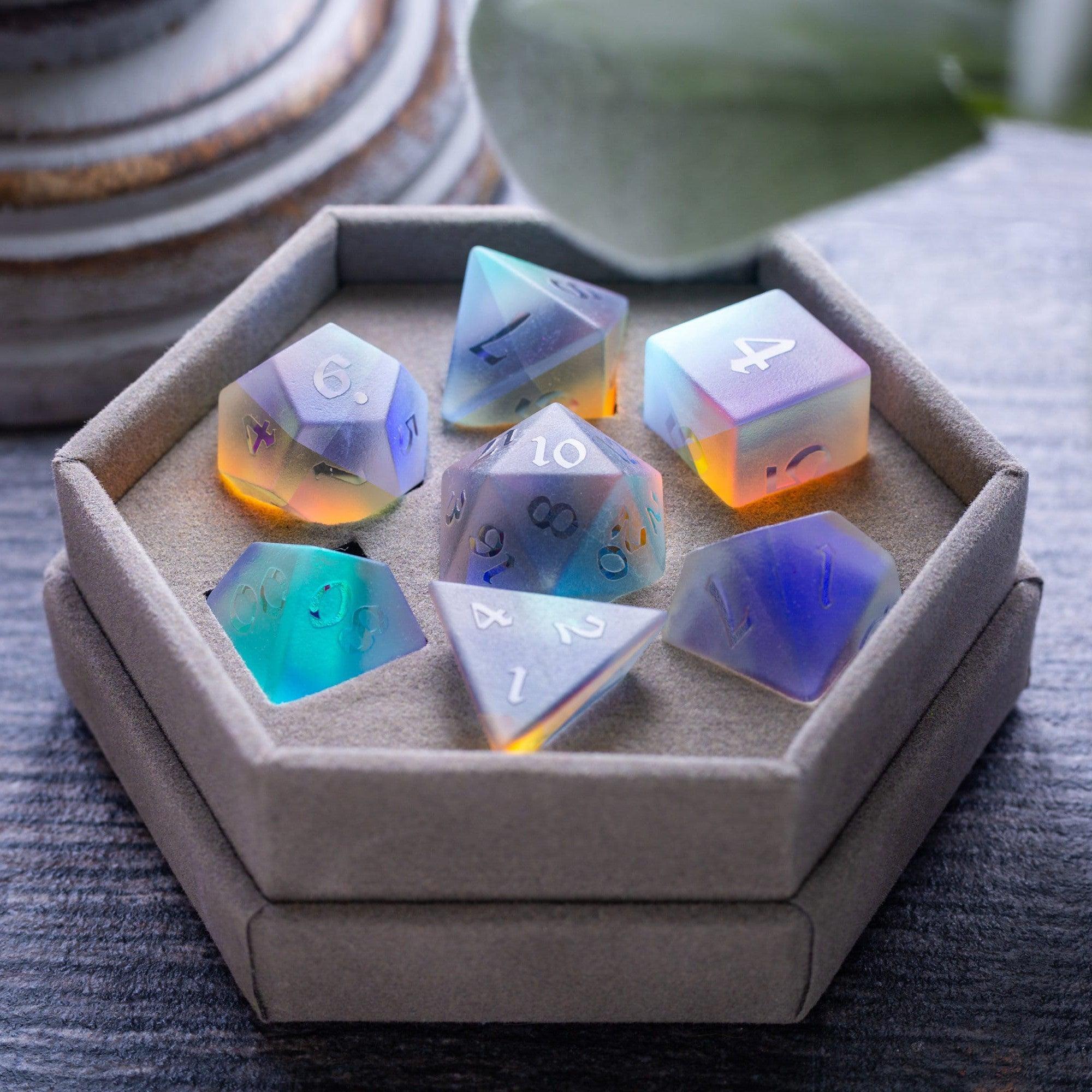
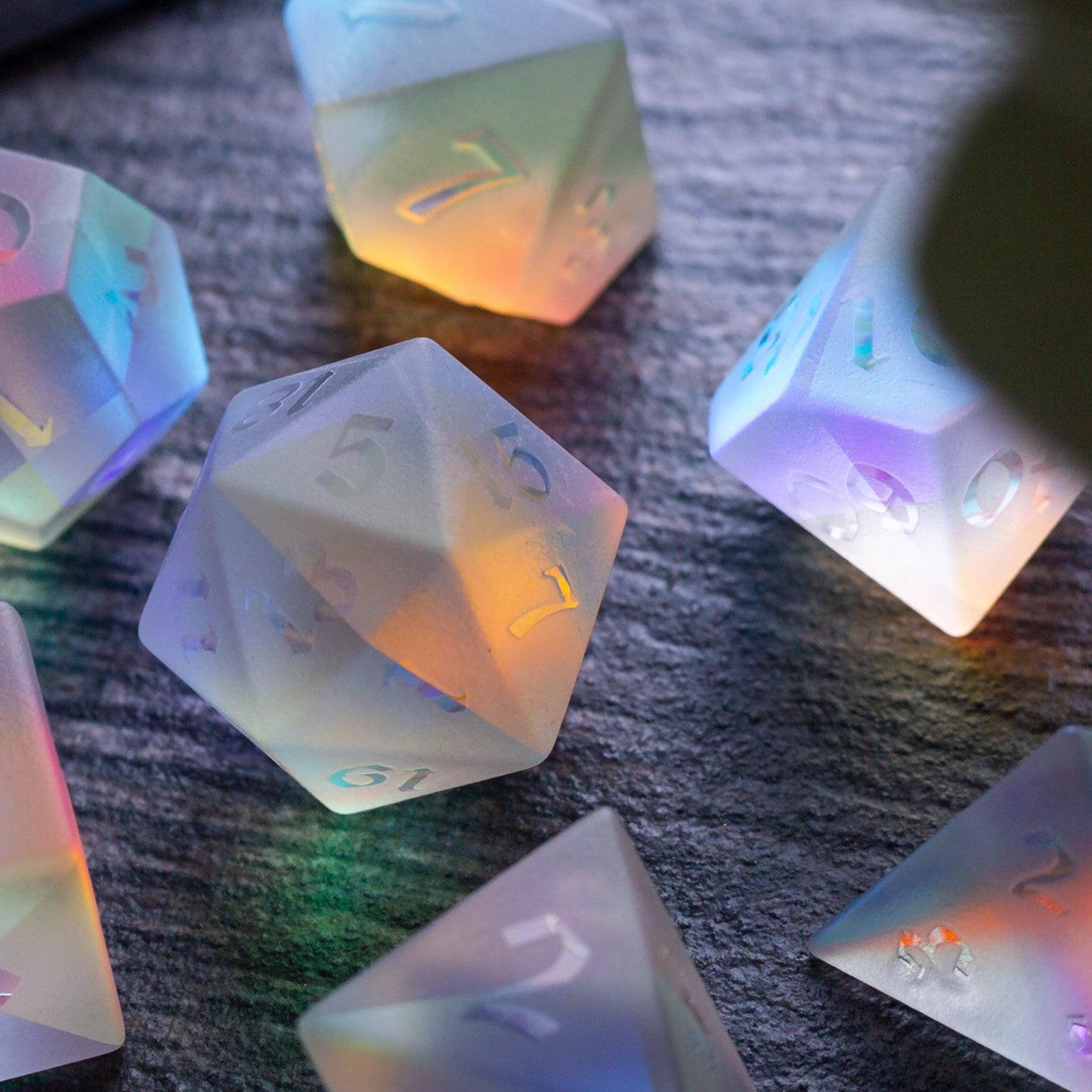
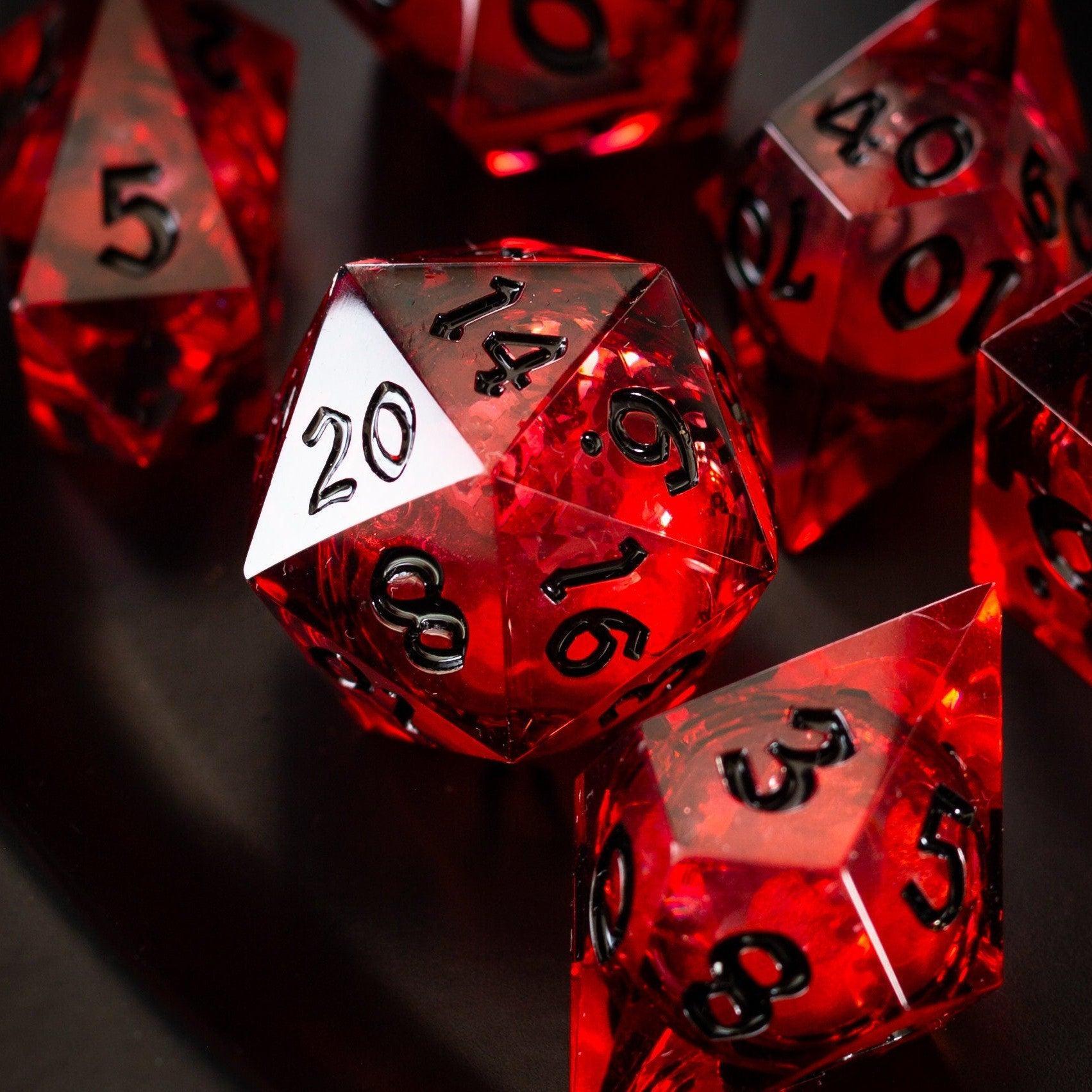
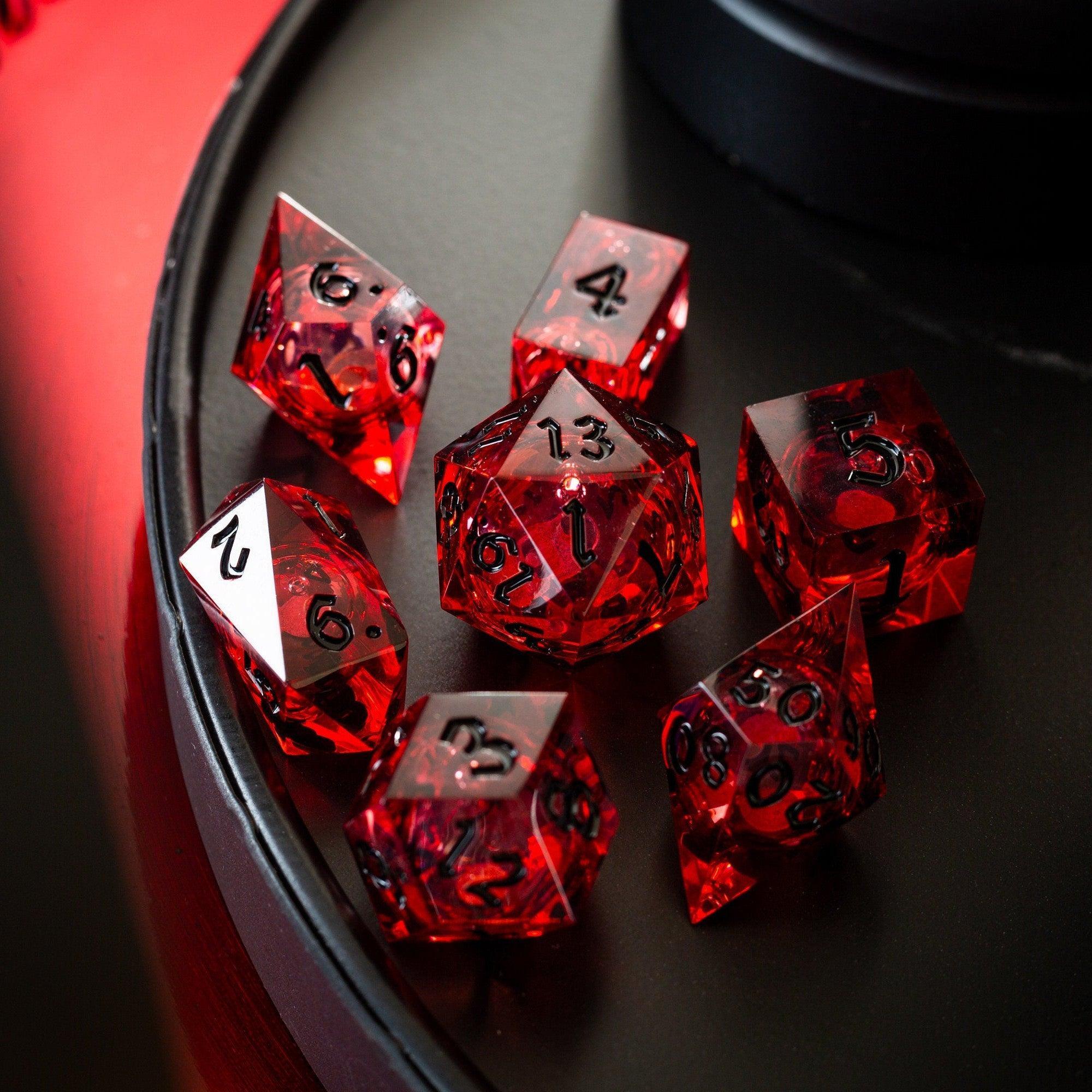
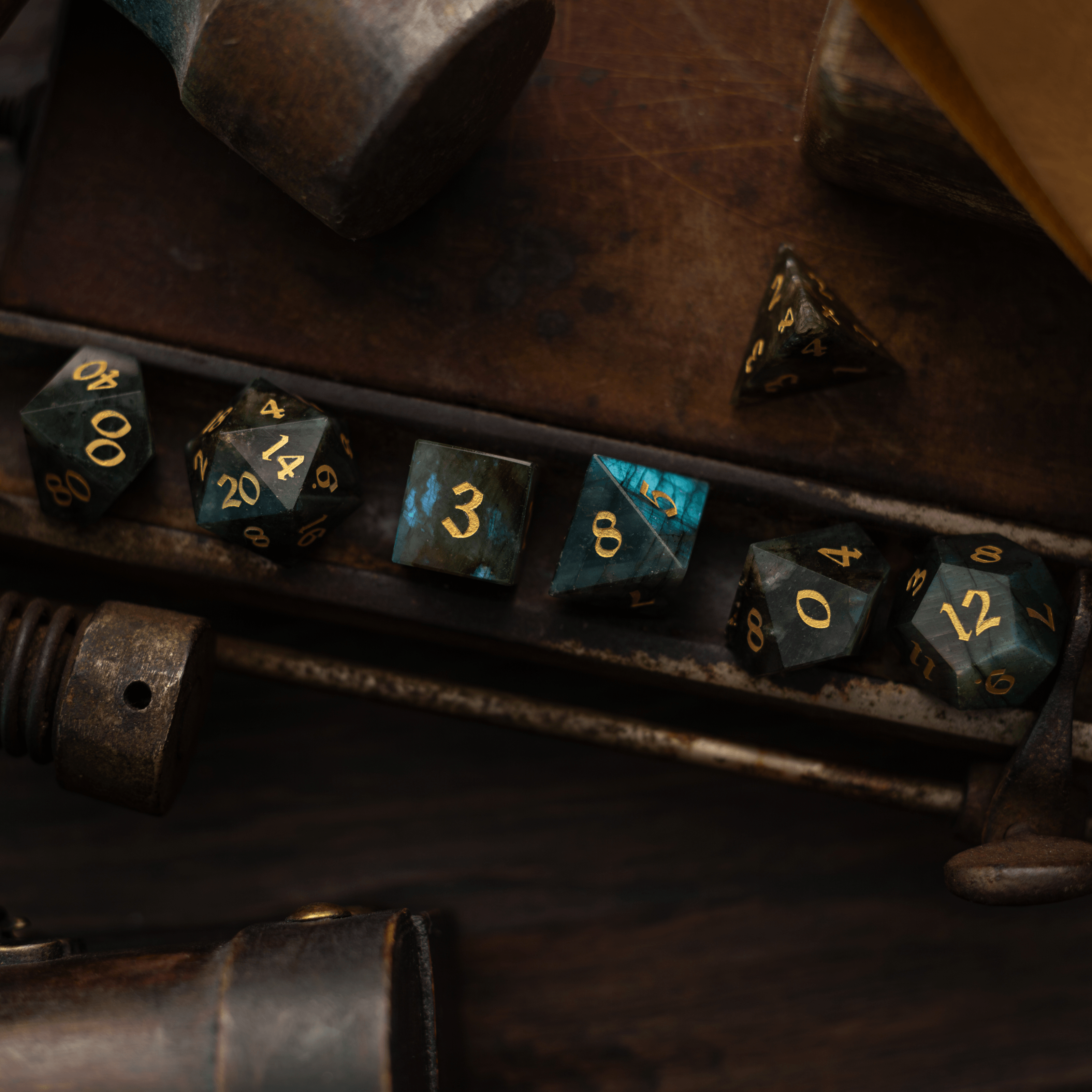
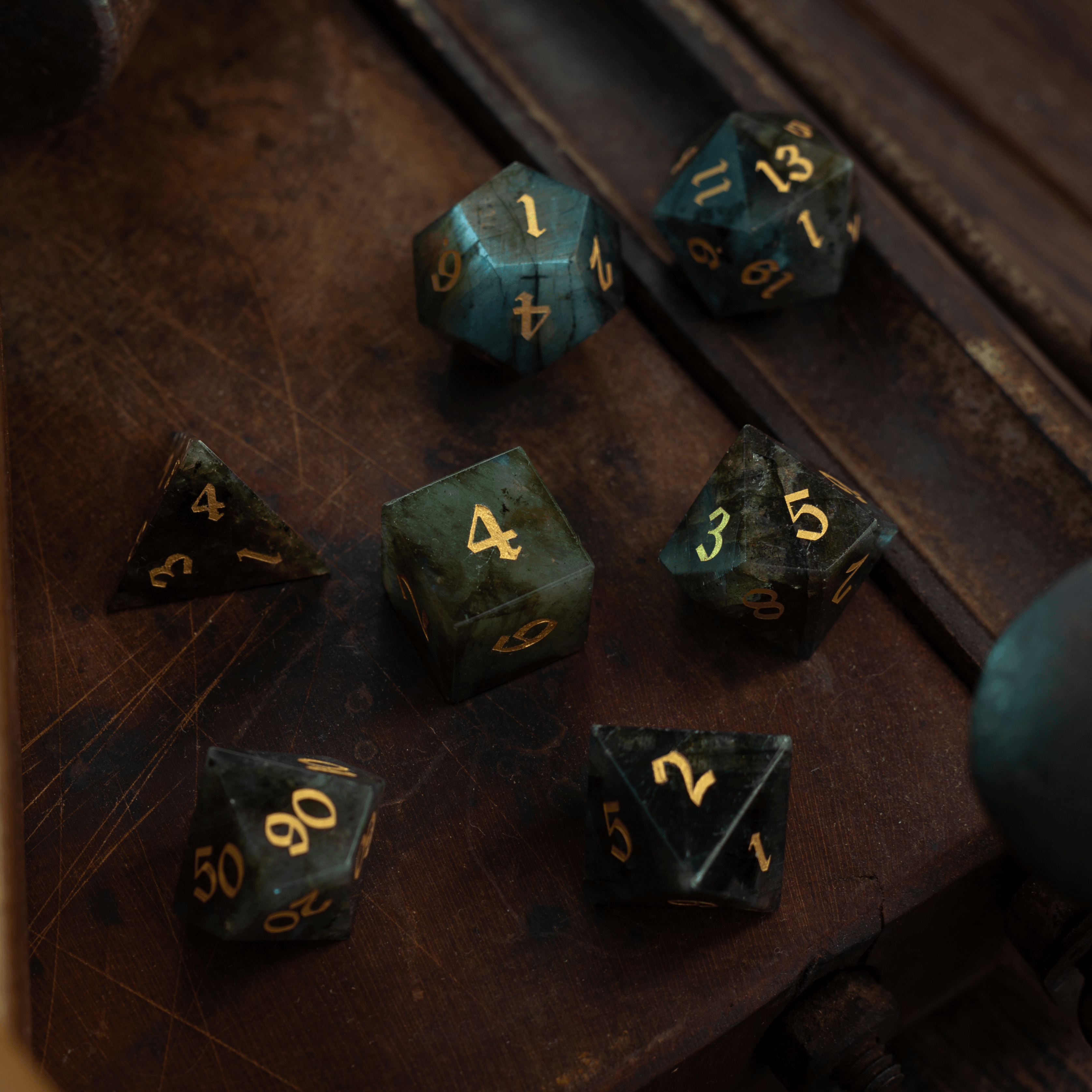
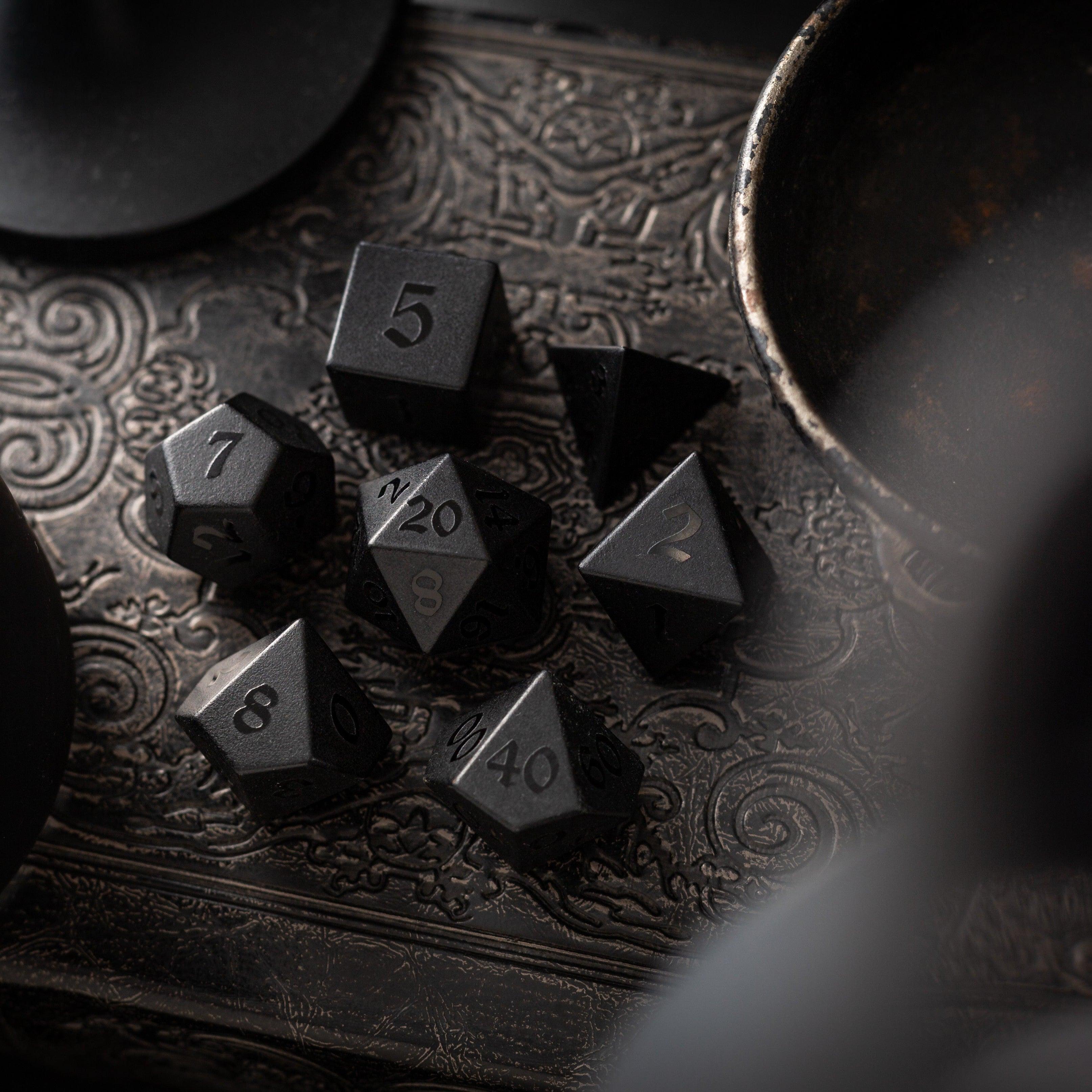
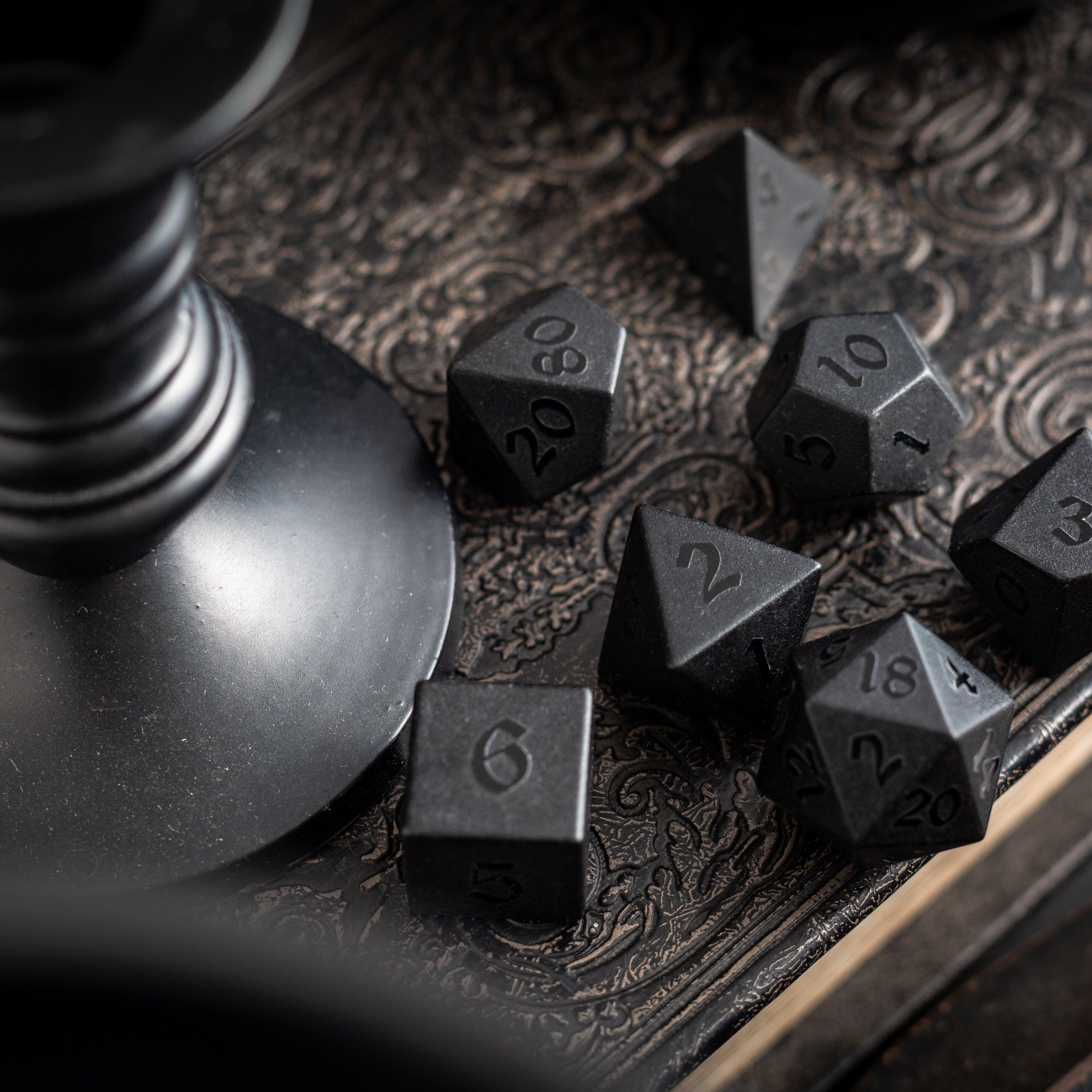
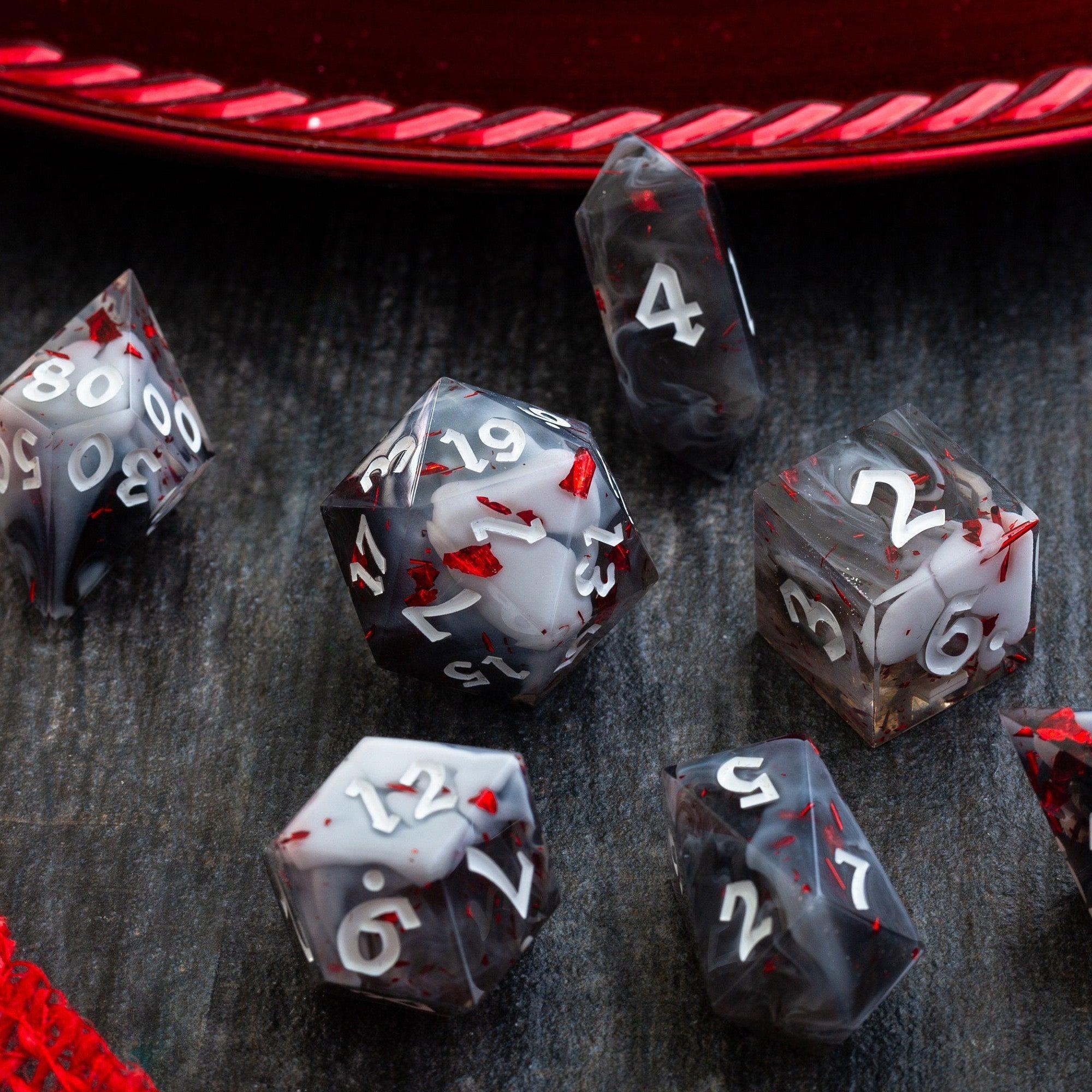
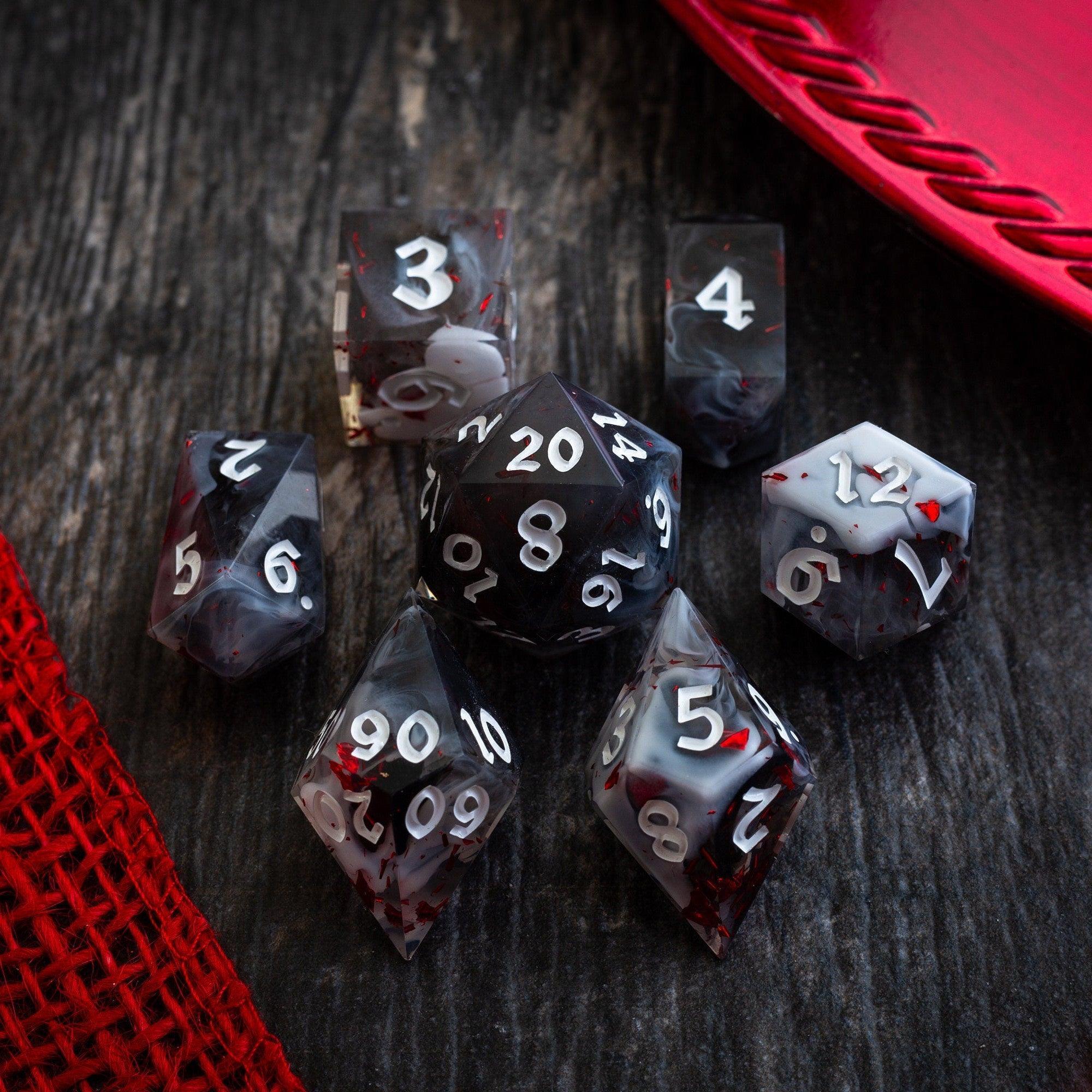
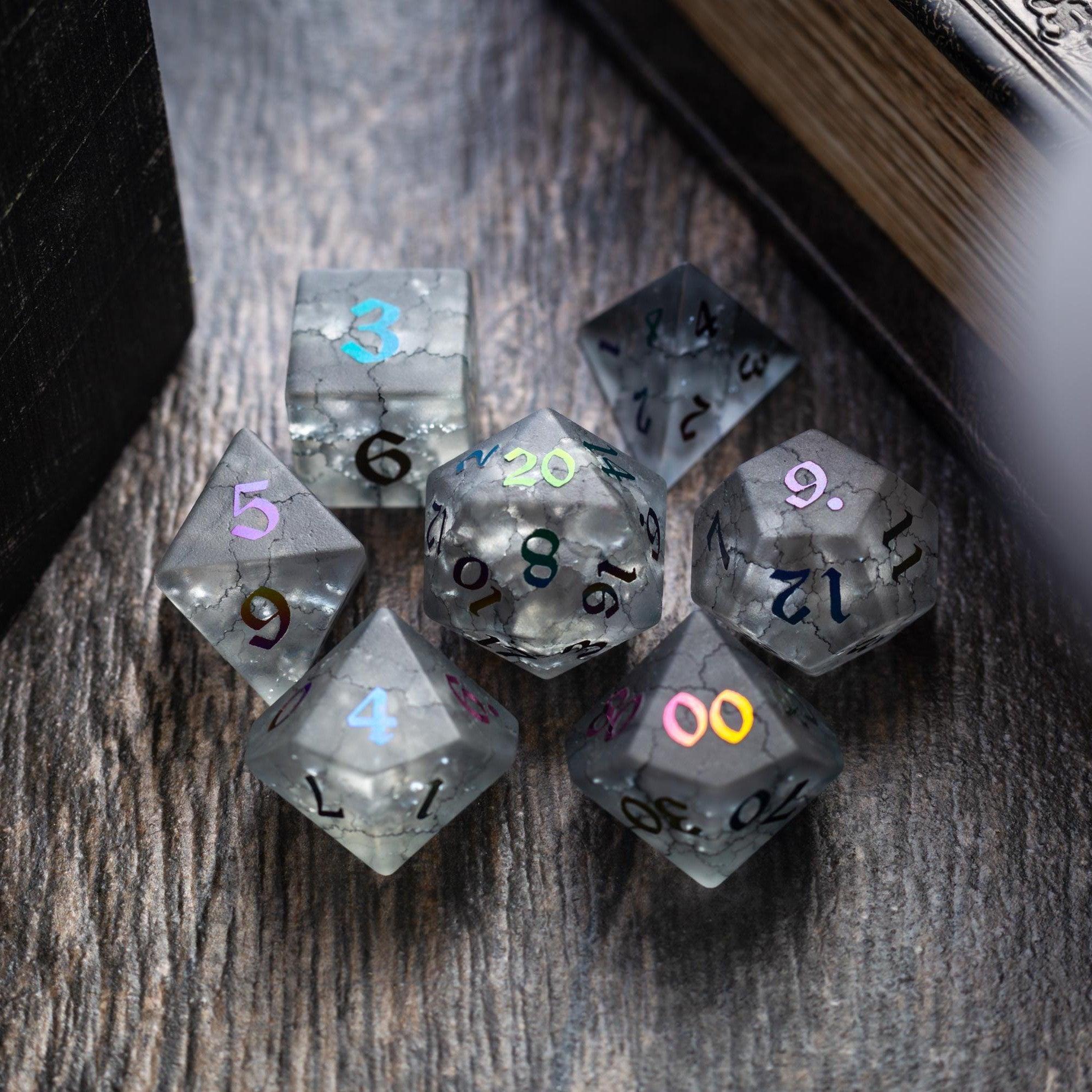
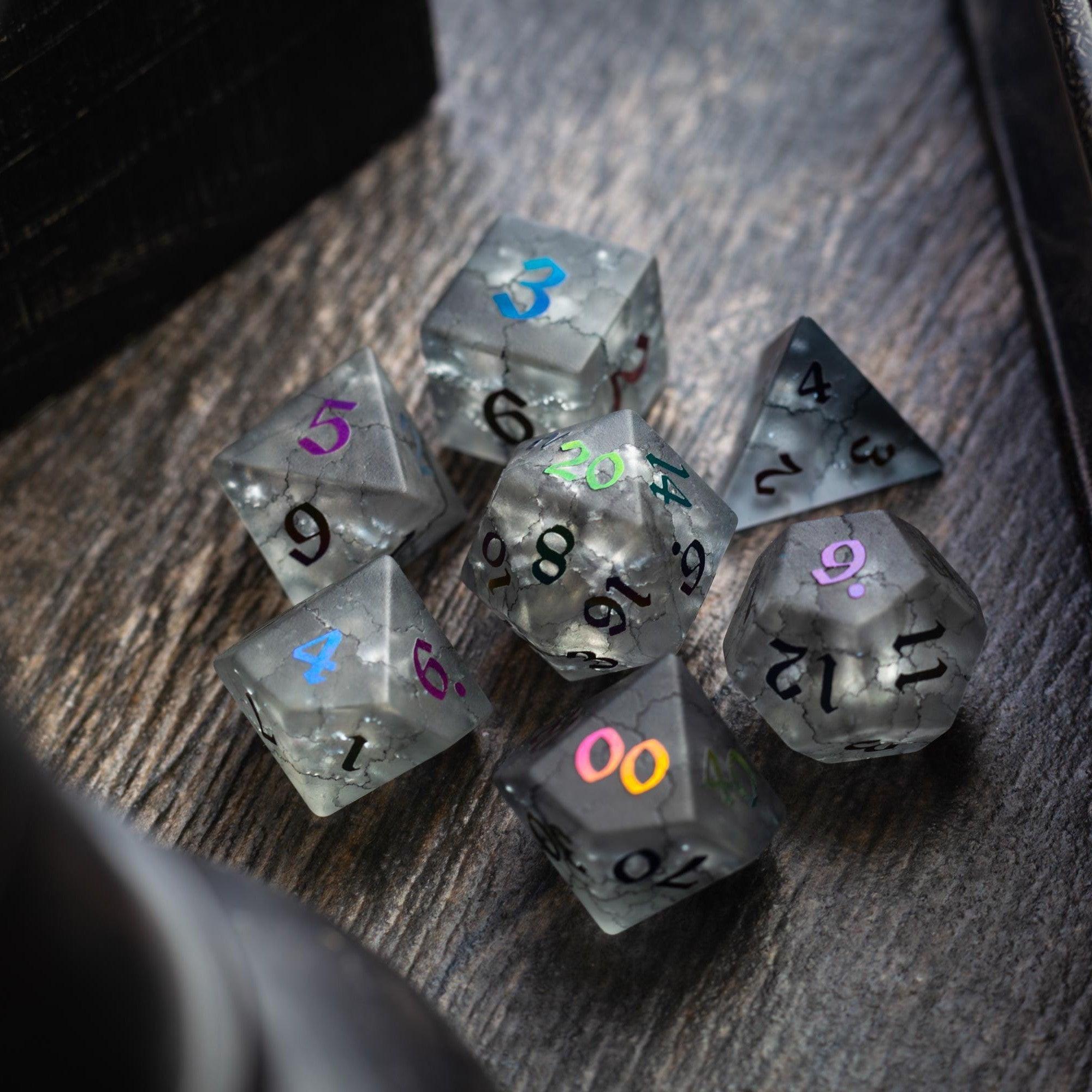
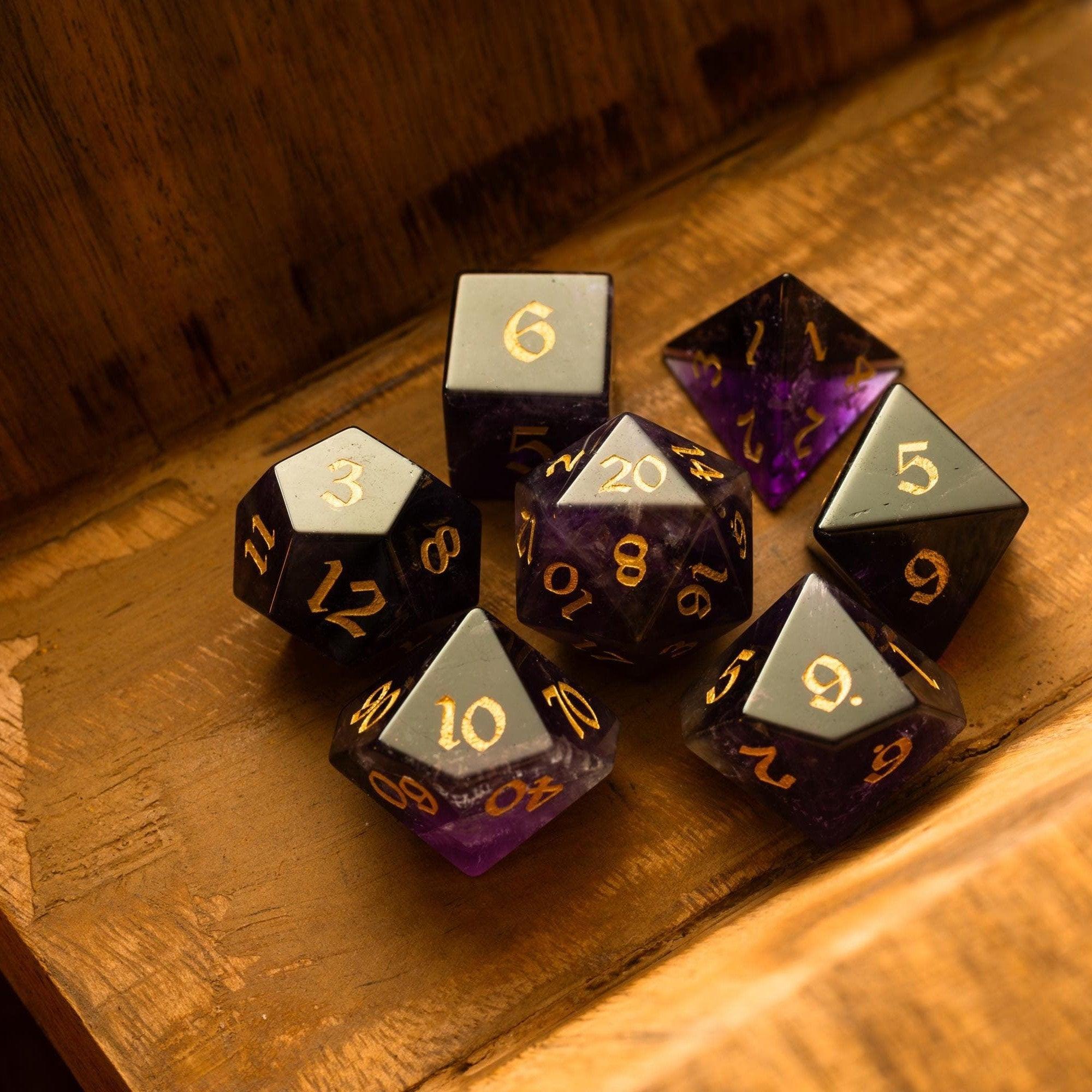
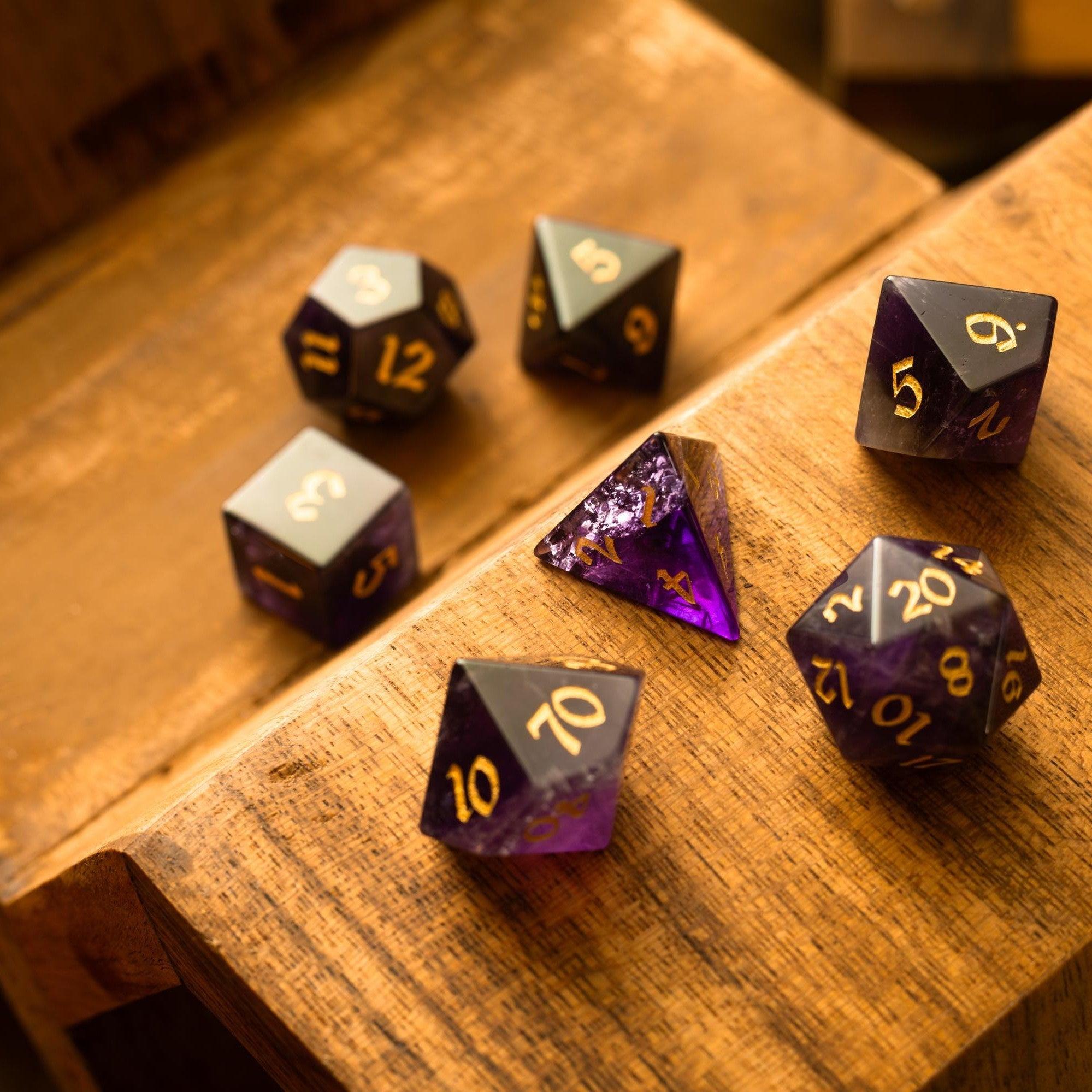
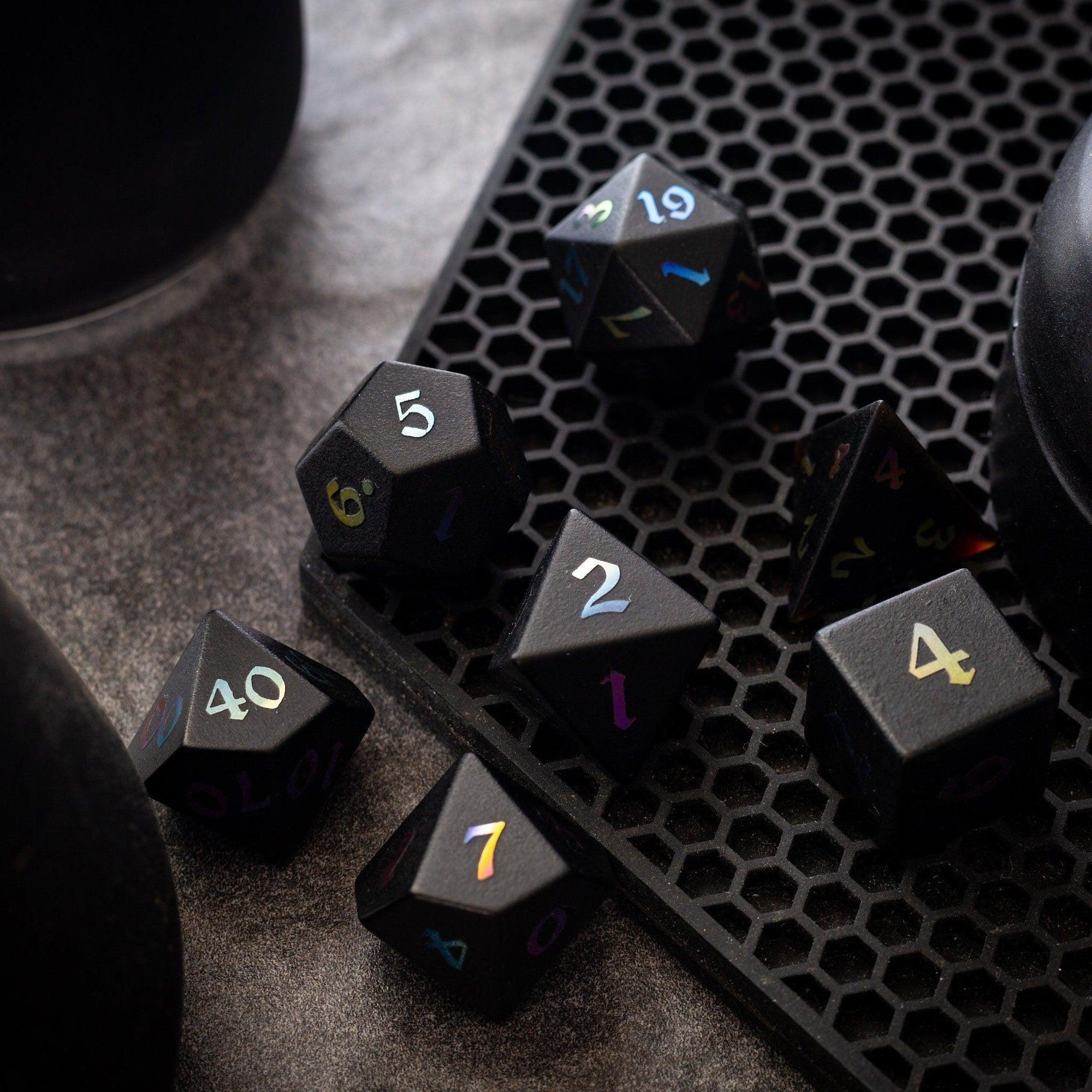
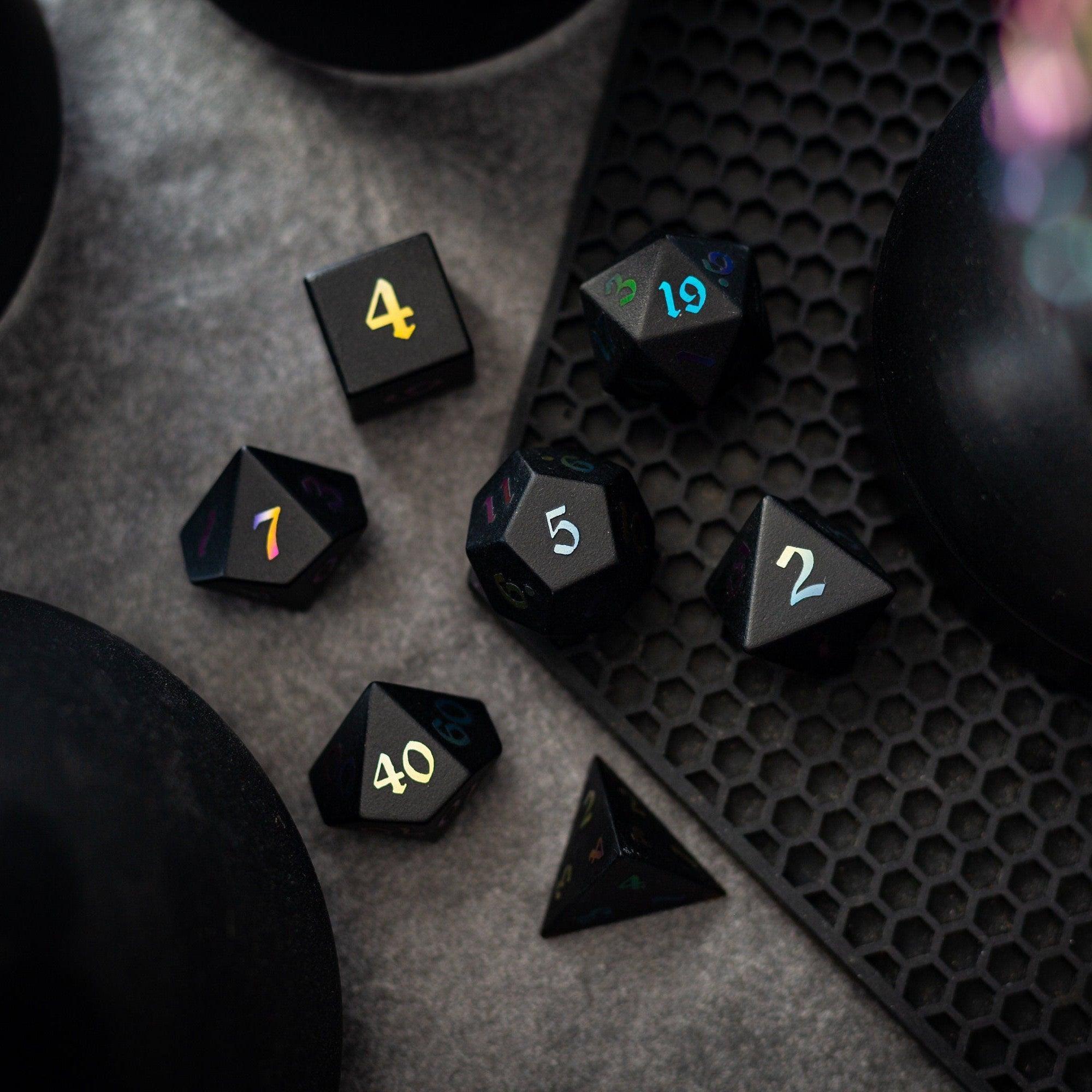
Leave a comment
This site is protected by hCaptcha and the hCaptcha Privacy Policy and Terms of Service apply.